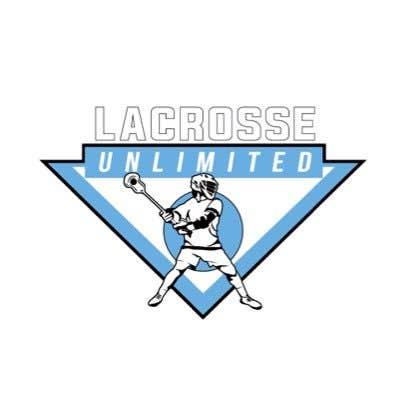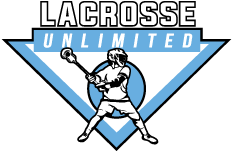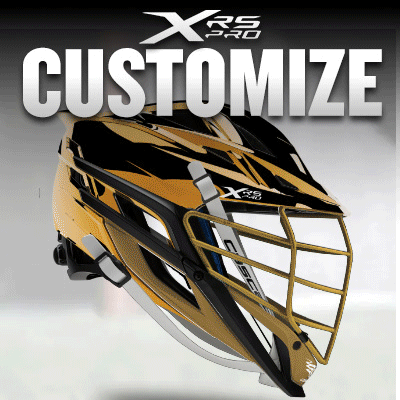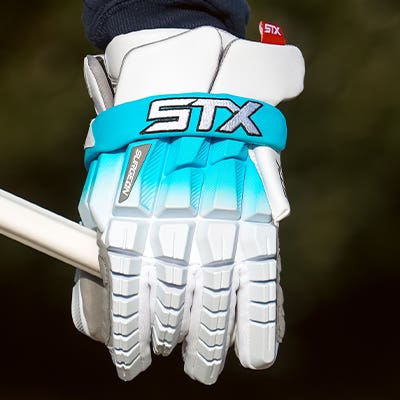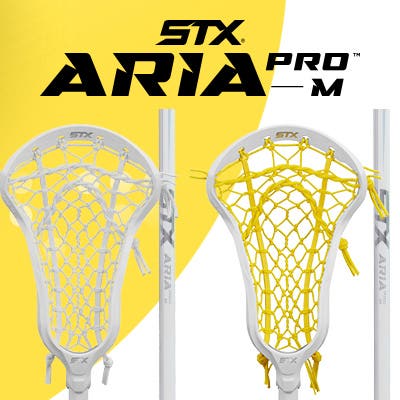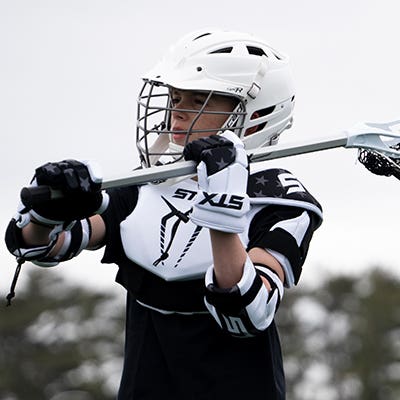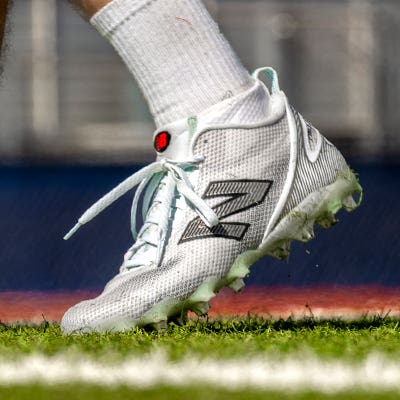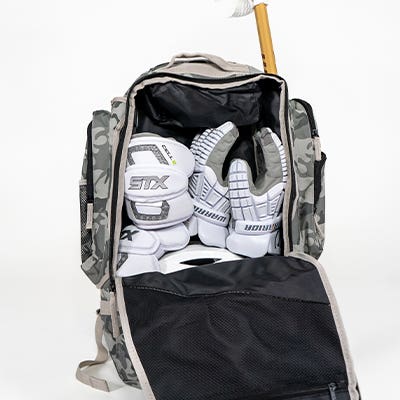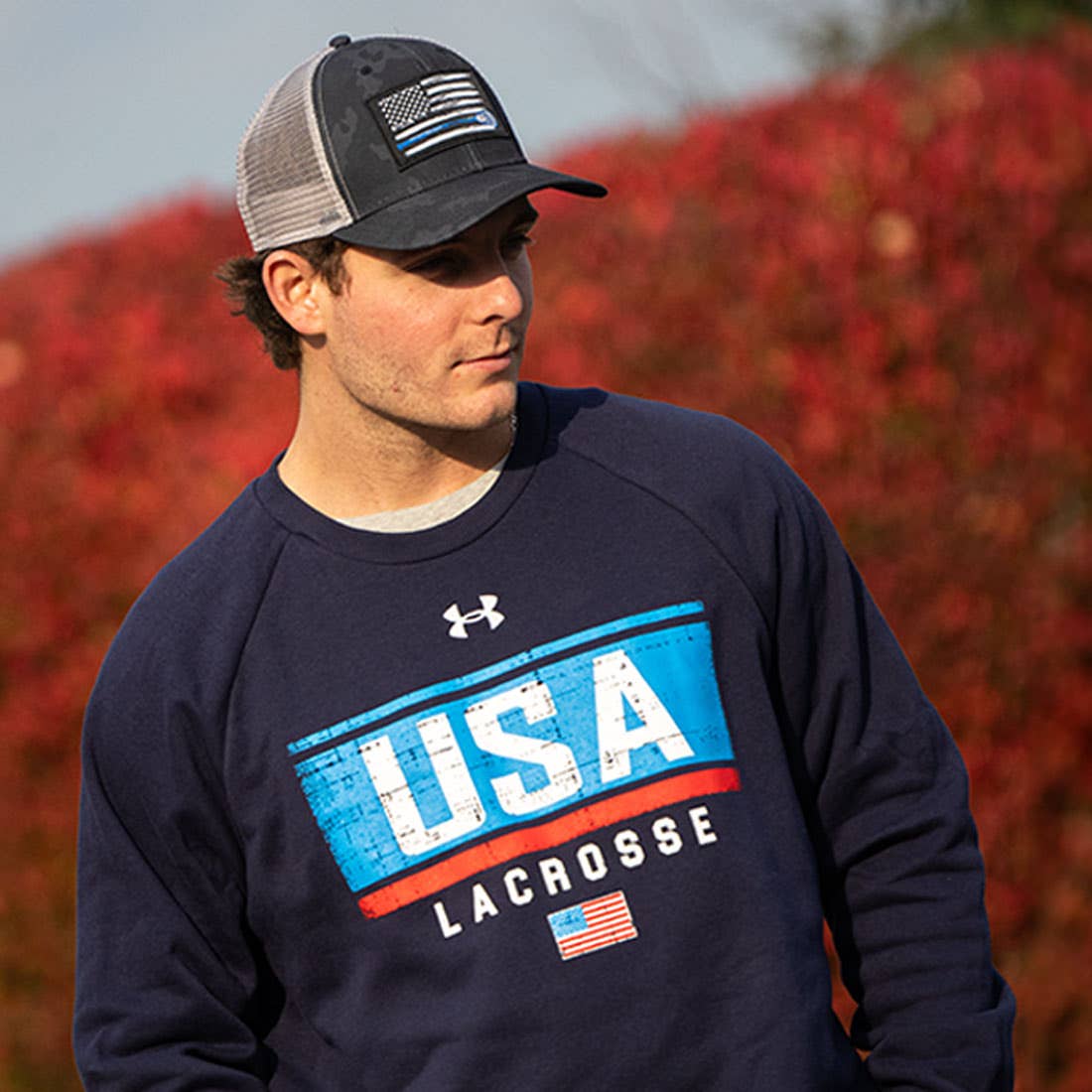

The Basics
There’s no way around the basic items when it comes to coaching any sport. You need a whistle and a white board. The whistle helps you command the practice field and get the attention of your team in a split second. The white board will be used in practice and game, and can help player’s visualize set plays in a few seconds. It can also be used as a visual aide to show mistakes that are being made, and how to fix them. These are your basic tools, your bread and butter if you will, that every coach needs.
You’re also going to need some equipment specific to lacrosse – most importantly balls. Get a bucket or a bag and fill it with as many lacrosse balls as you can, because you need a good amount for a full practice to function. You don’t want to constantly have to stop practice to send your team on a ball hunt, so the more the merrier. It’s also a good idea to get some cones. These aren’t 100% necessary, but will make your drills much more organized and effective.
The Stick
This is essential Coach. You have to get out there and show these young bucks what you’ve got. Show them why you’re the teacher. Would you let a person who knew nothing about swimming pools install a pool for you? No, so show these kids why you’re the best fit to lead their team. Earn their trust and they’ll be willing to give their 100% effort out on the field for you. So, don’t show up empty handed. Bring your spoon, make sure your skills are fine-tuned, and maybe rip some corners before practice starts. You know, something light.

Plays, Drills, and a Notebook
This might seem super obvious, but you want to keep a notebook filled with drill ideas for practice, plays you will need to teach your team, and depth charts as you get closer to games. You can check out our other posts for drills and plays here to get a jump on some ideas.
You’re going to want to keep a log of each practice as well. This may seem like overkill, but it will help you keep your practices dynamic and avoid getting too repetitive. Keep a range of beginner, intermediate, and advanced drills, and adjust based on the talent level of your team. Remember, no team is too advanced to continue working on fundamentals, so be sure to always integrate even the simplest drills on a weekly basis.
Your plays should consist of the following: Offensive 6-on-6 organized plays, Man-up plays, man-down defense, defensive slides, clears, rides, and inbound plays. This is a lot, so make sure you do your homework, understand the goal, and figure out how to execute each play to the best of you and your team’s ability. Sometimes, it’s not always about skill. Execution of a superior game-plan can beat pure skill any day of the week – and this part is up to you Coach.
The Fit
Listen Coach, they tell your players “look good play good”, and this goes for you too. You have to stay steezin’ out on this field. Break out that polo shirt and khaki pants/shorts, because it’s time to put on a show. And don’t forget about the accessories; we’re talking hats and shades, whichever suits you better and keeps you looking fresh, while also keeping the sun out of your eyes. Maybe even both if you’re feeling dangerous.
The Mentality
Being a coach is a tough balance. You have to stay tough and directionalized, while being motivational without discouraging the players from loving the game. Remember, most kids are there because they want to be. The easiest way to find this balance is to simply care. Not only about winning (even though this is also important, regardless of what some people may say) but also about each player’s growth as not only a player but also an individual. You have to understand that without the kids there’s no you, so find time for fun – whether this is off the field or on the field. Once the players stop enjoying themselves, you’ve lost them and it’ll be another obstacle to get over as you try to coach to a victory. Always remember why you started coaching, and if you have the best intentions you can’t go wrong.
